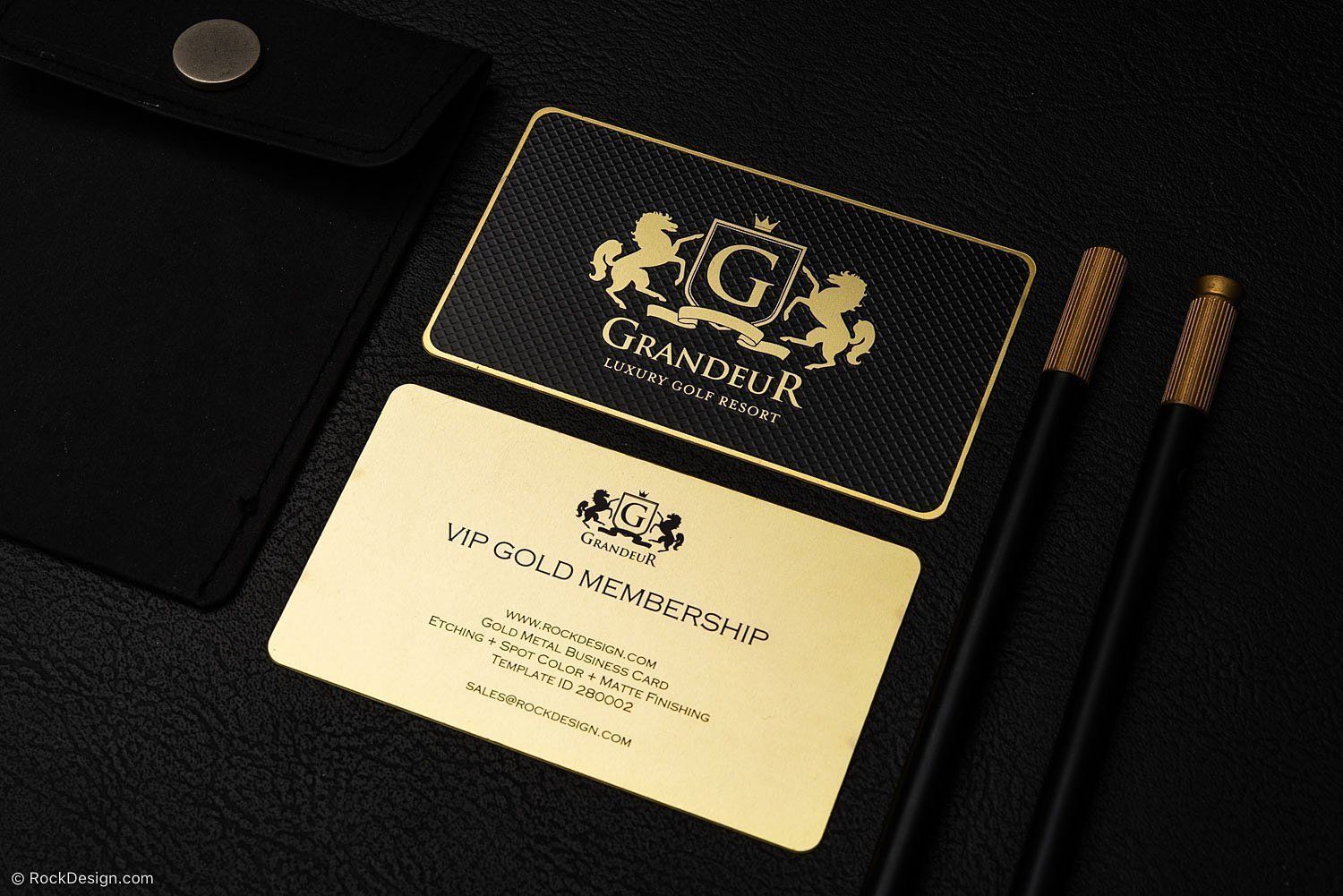
When you make a paper business card, you should use the standard size of 3.5 inches by 2 inches. This size is very common in the business world and makes sure your card fits well in most cardholders.
If you are interested in learning about different sizes, international standards, or unique designs that could make your card more noticeable, there is a lot of information out there for you to discover. Keep looking to find out more.
Common Business Card Sizes
When you choose a business card size, it’s good to know the usual sizes that most people use. The common size for paper business cards is 3.5 inches by 2 inches, which fits easily in wallets or card holders.
But if you want your card to be different and memorable, you might think about custom sizes. Some businesses go for shapes like circles, squares, or even cards with special cuts to be more eye-catching. These special sizes and shapes can help your card leave a strong impression on potential clients or partners.
Just remember, your uniquely shaped or custom-sized cards should still be practical for daily use. When you mix creativity with practicality, you can make a business card that shows off your brand and has a lasting effect on everyone who gets it.
International Standard Dimensions
When you deal with business cards, it’s important to know about the different standard sizes used around the world. This knowledge ensures that your business cards fit well with what people expect in various countries.
Following these international standards will help you make a good impression when you network globally. Make sure to choose sizes that are common internationally to avoid any issues.
Global Size Variations
Understanding the standard sizes of business cards around the world is very useful. Different regions have their own preferred sizes for these cards. This is because in different places, people expect different things from business cards. These expectations can affect how designers make these cards.
They often need to change their designs to fit what people in different areas prefer. This allows for creative designs that still meet the usual standards in various parts of the world. It’s important for businesses that work internationally or want to grow in new markets to know about these differences in card sizes.
Recommended Size Choices
When you pick a size for your business card, it’s important to follow international standards. This makes sure your card fits well in different settings around the world.
Remember, you can choose from various shapes and design options. Using special materials can make your card stand out from the usual ones.
Also, different printing techniques can make your card look better and leave a strong impression on people you meet.
Popular Aspect Ratios
In design and printing, using popular aspect ratios for business cards helps create an attractive layout. Many designers choose the golden ratio, represented by the Greek letter phi (φ), because it brings harmony to the design. This ratio makes the layout very pleasing to look at, which many people naturally find appealing. By applying the golden ratio to business card designs, the cards become more engaging visually.
The aspect ratio is crucial for the visual impact of a business card. Keeping a balanced aspect ratio ensures that all elements on the card align and space out well, giving it a professional and sleek look. Whether you go with a standard ratio or the golden ratio, picking the right aspect ratio is key to making a business card that stands out and makes a memorable impression.
Bleed and Trim Measurements
For your business card to look perfect after printing, it’s important to know about bleed and trim measurements. Bleed is when you extend elements that are at the edge of the card beyond the trim line. This helps ensure that there are no white borders left when we cut the card to its final size. Usually, a bleed of 0.125 inches works well for business cards.
It’s crucial to use good graphic design and layout techniques to set up the bleed area properly. When you prepare your file, remember to keep all important text and design elements within the safe area. This is the part inside the trim edge where you should place key information to avoid it being cut off. By keeping these guidelines in mind and understanding bleed and trim measurements, you can ensure your business cards are printed exactly right, without any unwanted edges.
Understanding Safe Areas
When you create your business card, it’s very important to know about safe areas. This helps to make sure that none of your important details get cut off when they print the card.
Always place all key text and images within the safe area. This area acts like a cushion to keep your design elements safe and ensure your card looks neat and professional when finished.
Safe Area Importance
Understanding why safe areas are important helps a lot when you make a business card. Safe areas are specific spaces on the card where you should put important details like text and logos. This makes sure that when you print the cards, these important details don’t get cut off.
It’s very important for keeping your business card looking professional and effective. If you don’t pay attention to safe areas, you might end up with key information getting cropped or distorted. This can mess up the design and make the card hard to read.
Design Considerations
When designing your business card, it’s important to think about the safe areas to make sure all crucial details are visible after printing. Here are some things to consider:
- Secure Margin: Always place vital elements like text and logos at least 0.125 inches from the edge. This helps to avoid any cutting mistakes.
- Contrasting Colors: Choosing colors that stand out against each other is a good idea. It makes the card easy to read and noticeable.
- Font Selection: Pick fonts that are simple and clear. This is very important for small-sized texts to ensure they’re readable.
- Limit Color Options: Stick to a few colors on your business card. Too many colors can make the design look busy and less professional.


